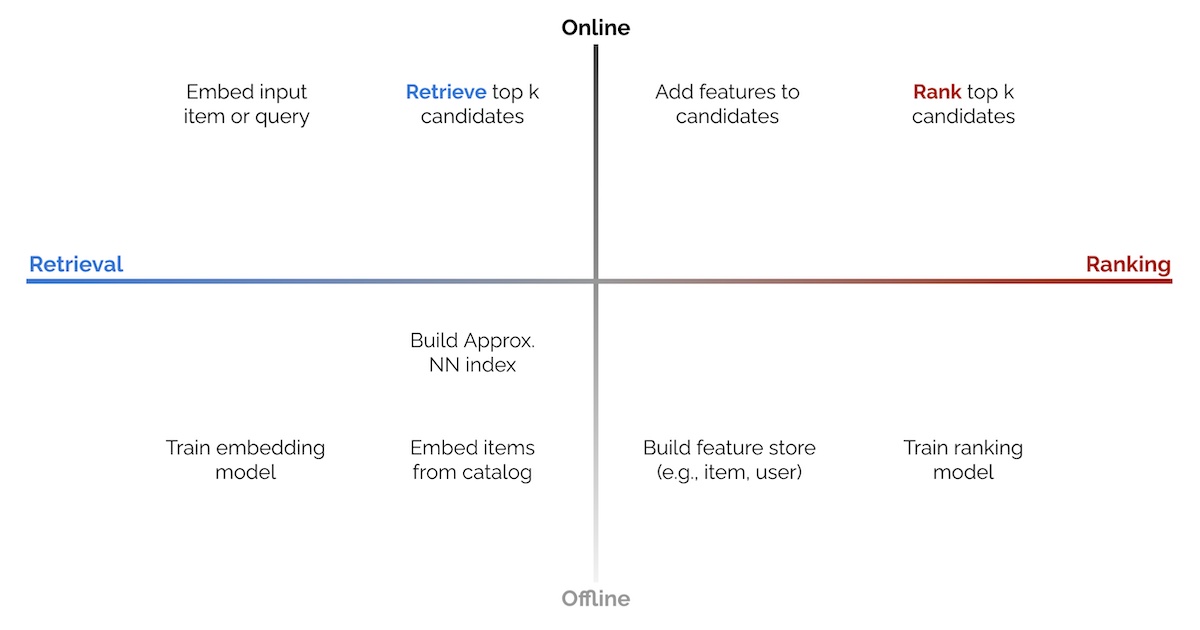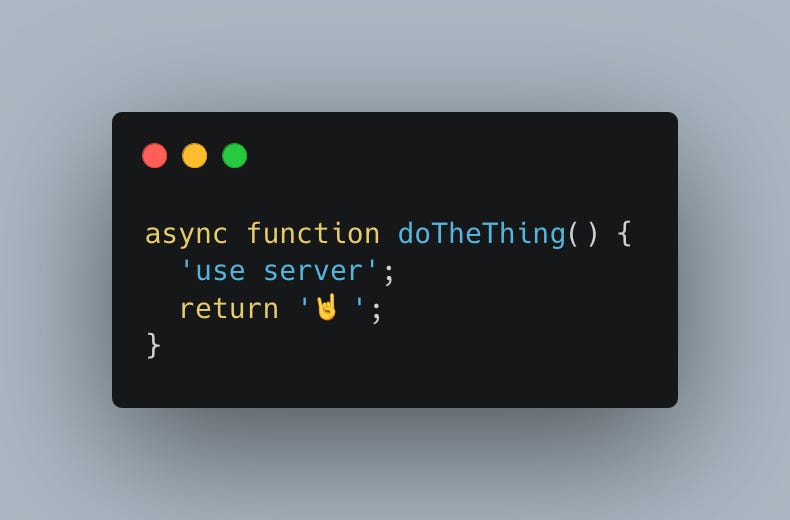
The operational relational schema paradigm
The relational model has been in existence for over forty years, a rare feat in the software development world. Relational databases commonly serve as backends for small, medium, to the largest apps and products in the world. And while relational databases have optimized well for speed, concurrency, latency, and overall read/write performance, they have not adapted as much for metadata changes at scale. Specifically, many organizations are struggling to keep development velocity, agility, and confidence when deploying schema changes.
Thirty years ago, developers would plan a schema change months ahead. One would only deliver a handful of changes a year. Developers would work with the database administrators to approve schema changes and plan the transition into the new model. Companies would take the system down for maintenance, sometimes for hours or days, to apply those changes.
Today, those maintenance windows are unacceptable to most organizations. Users expect services to be highly available and operational around the clock. On the other hand, today’s developers are used to accelerated deployment flows and want to continuously deploy schema changes, also known as schema migrations, sometimes multiple times per day.


















